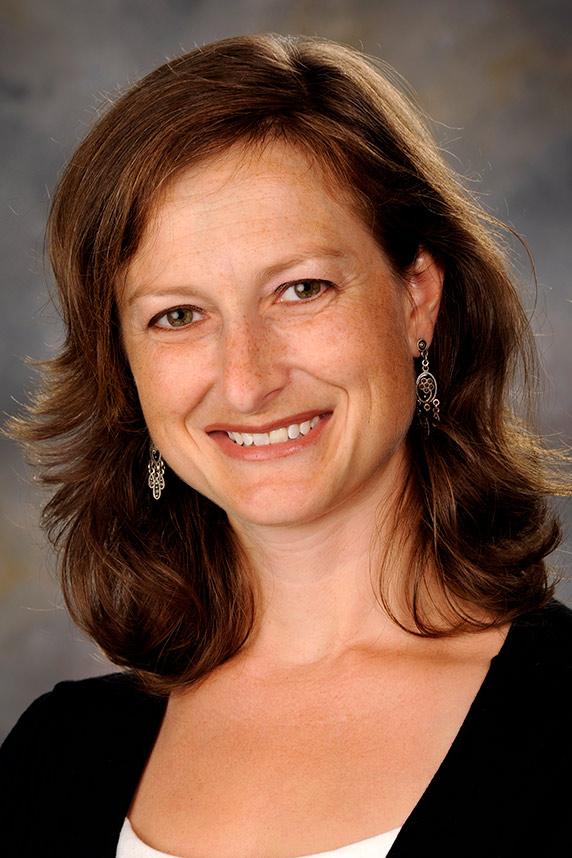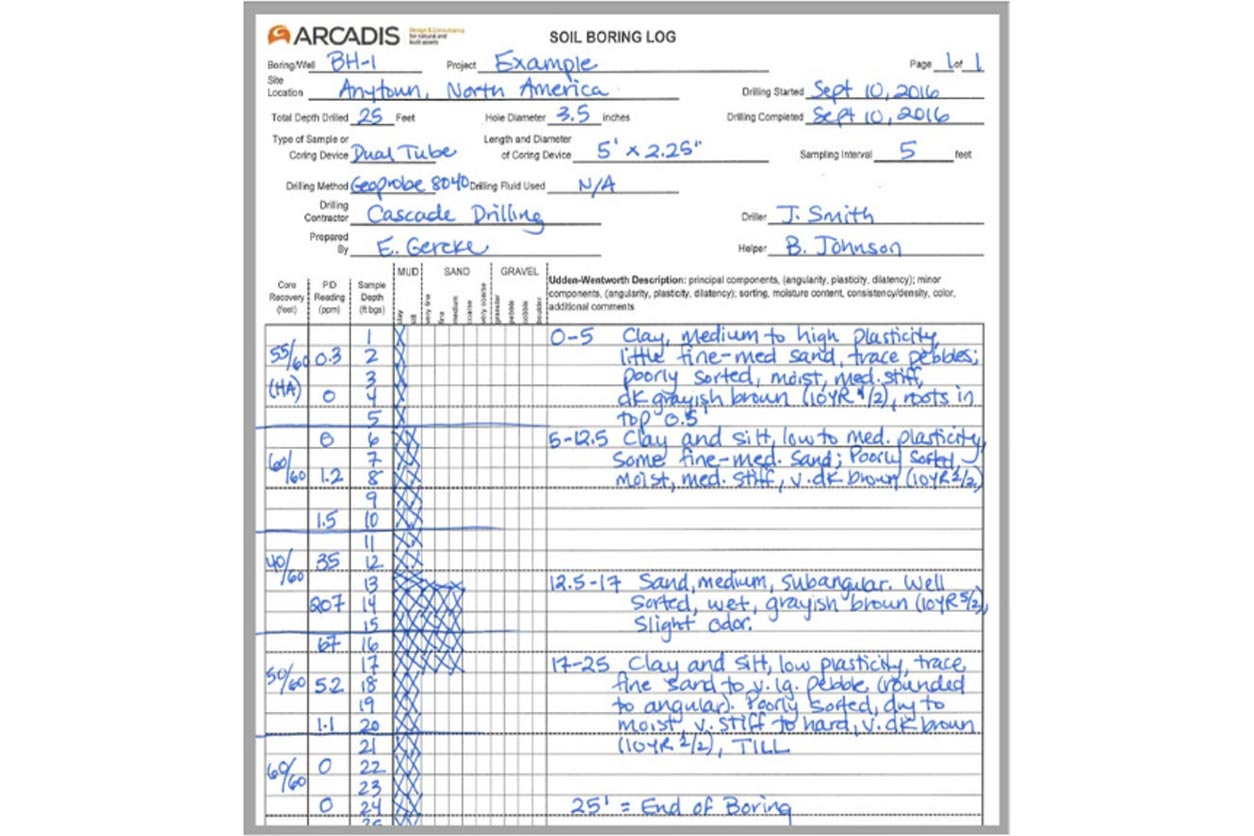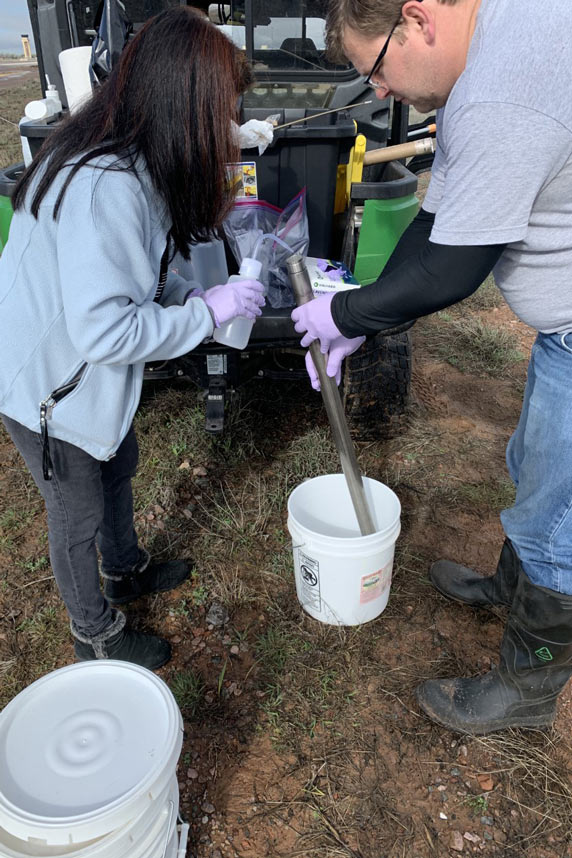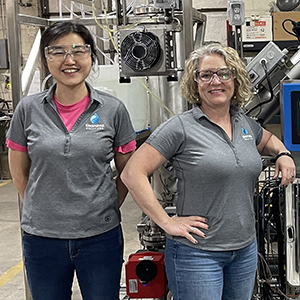Members of the Federal Remediation Technologies Roundtable convened Nov. 7 to share approaches for sampling and characterizing sites polluted by PFAS, a class of harmful chemicals that resist degradation. Through several case studies, speakers also illustrated unique challenges to understanding the sources and extent of PFAS contamination in the field.

The Roundtable represents 10 agencies, including NIEHS, with roles in hazardous waste cleanup. NIEHS Superfund Research Program (SRP) Health Scientist Administrator Heather Henry, Ph.D., co-organized the event, held virtually and in person at the U.S. Geological Survey (USGS) headquarters in Virginia.
“Reducing exposures to PFAS is a national priority,” said Henry. “Our Roundtable discussions help inform strategic use of federal dollars for PFAS research and ensure that agencies are not duplicating efforts.”
Federal funding for advancing PFAS research has substantially grown in recent years. For example, this past winter, billions of dollars were allocated to address PFAS in drinking water, particularly among disproportionately exposed communities.
Setting scientific standards
Meticulous pollutant sampling and validated analytical techniques are critical to robust site characterization. Researchers should incorporate available state or federal best practices into PFAS sampling, suggested Nicolette Andrzejczyk, Ph.D., an environmental toxicologist with the U.S. Navy. Quality control measures include avoiding equipment manufactured with PFAS, such as tubing and filters, that could directly touch samples.
“It is important to ensure your samples are not compromised by contaminants originating from sampling equipment,” Andrzejczyk advised.
Speakers also shared updates on protocol for pollutant testing. As part of the Clean Water Act, the U.S. Environmental Protection Agency (EPA) published analytical methods to test for certain PFAS in drinking water and other water samples, according to S. Bekah Burket, Ph.D., an EPA chemist.
The agency is also developing methods for testing PFAS in other substances. The aim is to help researchers across the country to confidently analyze samples for PFAS through standardized approaches.
Mapping PFAS movement
Speakers emphasized how a geologic lens can improve site characterization, because specific soil and sediment properties affect how contaminants like PFAS disperse.
“The geology really matters,” said Joseph Quinnan, a geologist with Arcadis, a global design and engineering consultancy firm. “Understanding whether a contaminant like PFAS is in high-permeability media or low-permeability makes all the difference in the world if you’re concerned about transport behavior.”

Measuring mass flux — the movement of a chemical between different environmental media — can help focus remediation efforts on the most polluted areas, he noted. In addition, recording detailed logs of geologic conditions can inform later analysis.
Craig Divine, Ph.D., an Arcadis hydrologist, described a medley of new tools, including sampling devices, specialized tracer methods, and horizontal wells that can be used to capture mass flux at the interface between groundwater and surface water.
Learning by example
Several speakers presented case studies that highlighted challenges to site characterization and research opportunities.
For instance, USGS research hydrologist and former SRP trainee Andrea Tokranov, Ph.D., and team collected shallow soil samples in 100 New Hampshire locations with no known PFAS contamination and detected the chemicals at each site. The study highlighted the need for more research into PFAS background levels — the concentration present in the environment resulting from human activities — which can vary by location for complex reasons.
“Understanding contributions from air transport, both spatially and temporally, would greatly improve our knowledge of PFAS loading to shallow soils and help distinguish inputs from sorption and mobilization processes in the soil,” Tokranov said.
Identifying research needs and priorities can shape extramural funding opportunities, according to Henry.
“By understanding where knowledge is lacking, we can better inform the direction of research to fill in the complicated picture of PFAS pollution and remediation,” she said.
(Julie Leibach is a senior science writer at MDB, Inc., a contractor for the NIEHS Division of Extramural Research and Training.)










